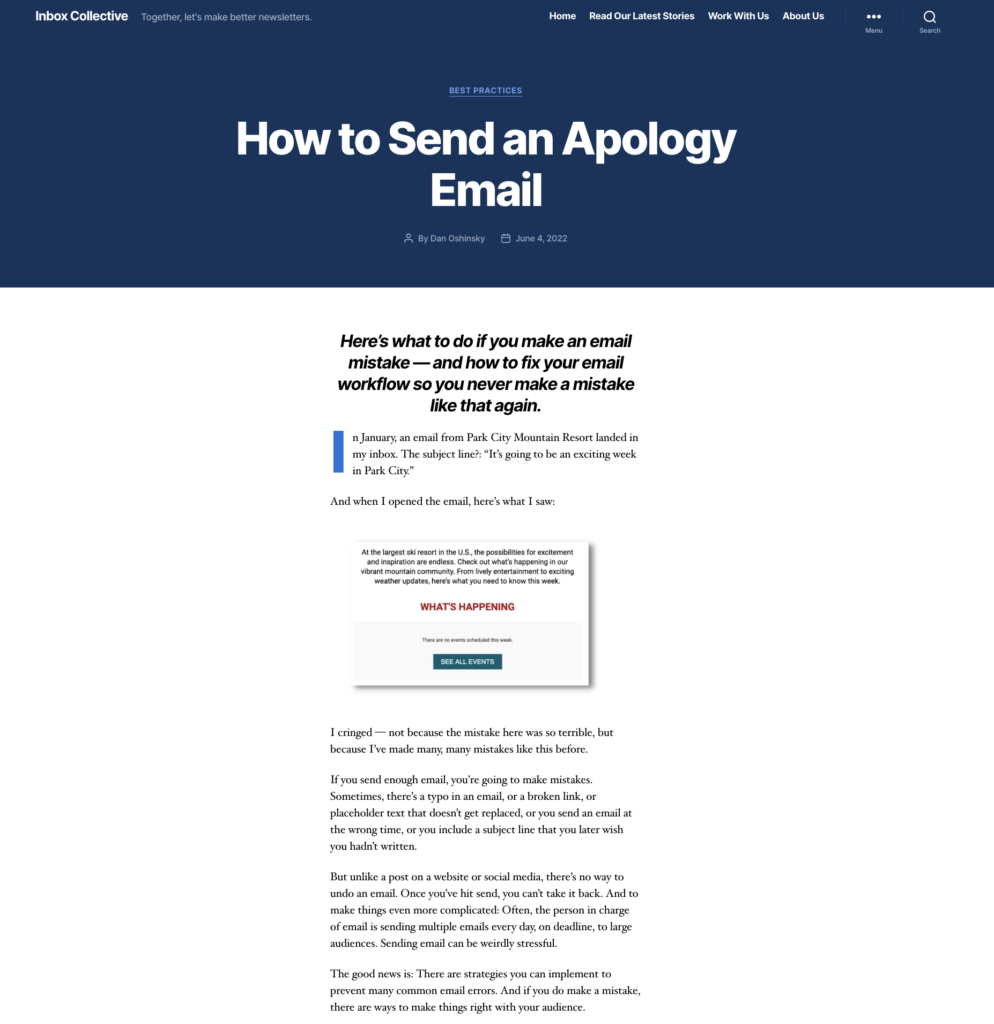There are a few different ways to become a PGA Tour member, but the most direct is by being one of the top players on the Korn Ferry Tour, which is the top minor league circuit for men’s professional golfers. Just making it to the Korn Ferry Tour itself is hard enough — it requires first going through a series of qualifying tournaments, and then life on the Korn Ferry is a grind. While the PGA Tour offers massive checks, the Korn Ferry’s prize money is relatively paltry. (The player who finished in third place in yesterday’s PGA Tour event won $885,000; the prize money for the entire field at last weekend’s Korn Ferry event was $850,000.) But to get to the PGA Tour, you have to go through the Korn Ferry Tour, so those with dreams of playing on the big tour have to go through the minors first.
And yesterday, the PGA Tour announced the 25 golfers who played well enough during this Korn Ferry Tour to qualify for PGA Tour’s upcoming season. I was reading through their bios and found myself amazed by some of their stories.
Among the qualifiers are Paul Haley II, who qualified for the PGA Tour back in 2012 but played poorly in his one season on Tour. He spent a decade bouncing around the minor leagues of golf, but will be back after a strong season on the Korn Ferry. “Maybe if you were younger, you stress out about really small things and when you play bad, it seems like the world is coming to an end,” he told a PGA Tour reporter. “You’re not going to have your best stuff every week. You’re going to miss the cut. You’re going to shoot over par. But just taking that step back and realizing everything is still pretty good.” This time, he’ll aim to stick around on the top circuit in golf.
There’s Ben Griffin, who quit golf and was working as a mortgage loan officer — until his grandfather died, and Griffin decided to give golf one last shot. (A line in his grandpa’s obit: “His motto was ‘Hit them long and straight,’ having loved golf.”) A year later, Ben qualified for the PGA Tour.
There’s Erik Barnes, who had to take a job stocking shelves at a grocery store during the pandemic (base pay: $17/hour) to make ends meet when the Korn Ferry Tour went on hiatus during the early part of the pandemic. He’s 34 years old, but after more than a decade as a pro golfer, he’ll finally make it to the PGA Tour.
And there’s Kevin Roy, who once missed the cut in five straight events, which meant that he went more than a month without collecting a paycheck. Scrolling through Instagram one day, he saw a hat with the words “Have More Fun” and bought it. While other golfers wore hats with sponsor logos on it, he wore his “Have More Fun” hat as he turned his season around and qualified for the Tour. He’s 32 and will be a PGA Tour rookie.
It’s remarkable the things that people will do to achieve their dreams — the sacrifices they’ll make, the work they’ll put in, the challenges they’ll overcome. Even people at the top of their field struggle. But sometimes, reading stories like these reminds me that it’s possible to reach the top of your field — even if it takes a little bit longer than you expected.
———
At the top, that’s a video of the 25 Korn Ferry Tour members who officially qualified for next year’s PGA Tour.









